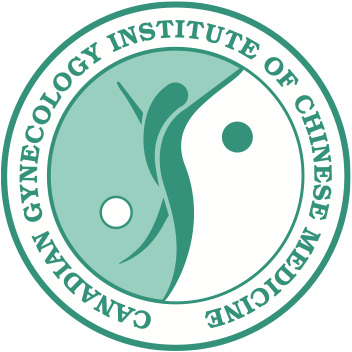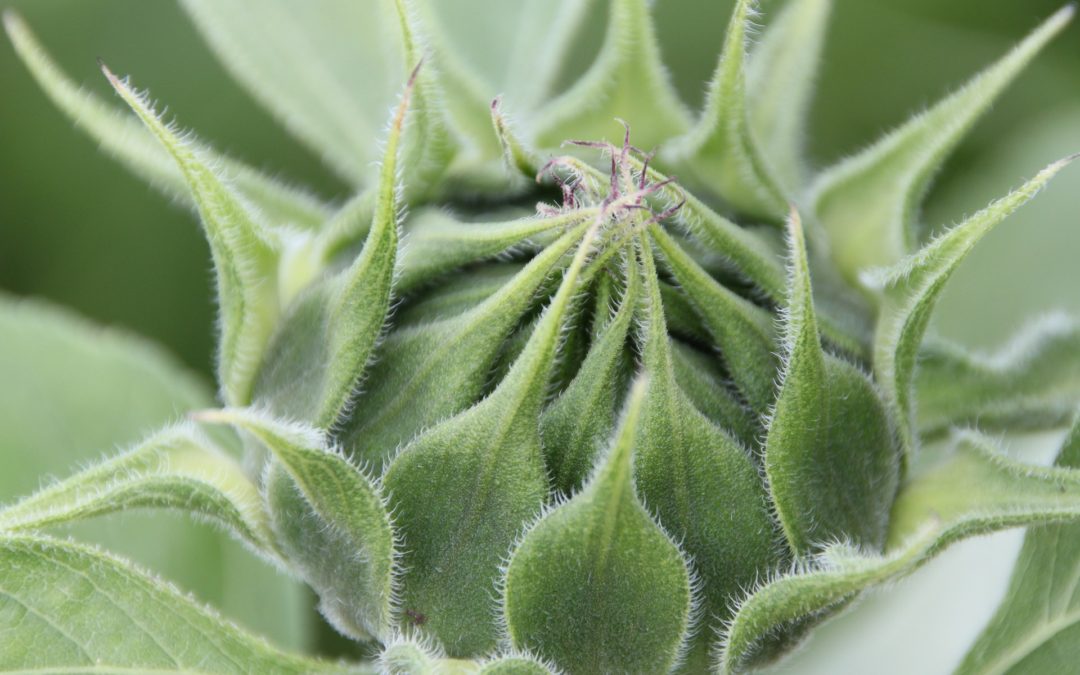It is hard to say how many women have uterine fibroids because some women with uterine fibroids do not experience symptoms. As many as 25% of women of reproductive age have uterine fibroids. This article will discuss the management of Fibroids with Chinese Medicine.
There are many options to treat the condition. How a woman chooses to deal with this disease can bring about very serious consequences for her health and wellbeing. Some patients go through an unnecessary hysterectomy; some chronically suffer serious symptoms such as heavy menstruation, even resulting in anemia, and painful periods without any management measure. Some Western medicine treatments can cause damaging side effects that outweigh the benefits.
Uterine fibroids can vary in size, number, and location in the uterus and pelvis; manifestations can be variable, from no symptoms to severe bleeding, dysmenorrhea, pelvic pain, infertility, and dysfunction of urination and bowel movement. The fibroids may grow slowly or rapidly, or they may remain the same size. Every individual is in a different situation and needs to have different management. Making a proper management plan is critical. It is necessary to have a consultation with a professional to make a suitable plan.
Some fibroid patients have small fibroids, with few or no symptoms, and a normal fertility level. Their fibroids are not growing over time. It is unnecessary in those cases to seek medical treatment. Diet and lifestyle changes may reduce their fibroids. Even if the fibroids do not diminish until menopause, it does not matter, since the patient can still live a long life without distress. (Medically shrinking the tumour is a common Western medical approach, but even as the tumour diminishes through medical procedures, the side effects such as liver toxicity and exhaustion of Qi and blood may cause more damage to one’s health than no treatment at all.)
In some cases, the fibroids grow fast, or the patient experiences serious symptoms. It is then necessary to initiate effective treatment to shrink or stop the fibroids’ growth and relieve or reduce symptoms. Chinese medicine and acupuncture are effective, cause few side effects, and can be used as a first step in medical management.
THE MANAGEMENT OF FIBROIDS WITH CHINESE MEDICINE
According to Chinese medicine theory, fibroids are abdominal masses caused by the accumulations of Qi, blood, and phlegm. Deficiency of vital Qi is the internal cause. Predisposing factors can include physical or emotional trauma during menses. I had treated one patient with fibroids. Based on her medical history, she had uterine fibroids for quite a few years. Her fibroids made her uterus feel like a two-month pregnancy, but because she had not suffered other symptoms, and her fibroids did not change in size and number, she did not take any treatment. Then last year, a series of stressful and traumatic events happened to her such as her relationship breaking down, losing her mother, and a leg injury with a large hematoma. Within three months, her fibroids grew fast, and her uterus size become akin to a six-month pregnancy. When I started to see her, she could feel the rapidly growing uterine fibroids. After three months of acupuncture and herbal treatment, an ultrasound comparison showed that the fibroids had stopped growing. Currently, she is continuing with acupuncture and herbal treatment.
Chinese medicine practitioners assess patients with fibroids by finding the patient’s differentiated syndromes according to the nature of their masses through abdomen palpation, ultrasound reading, gynecological manifestations, general health condition, and tongue and pulse reading. There are five major syndromes involved with uterine fibroids:
1) Qi stagnation with blood stasis;
2) phlegm accumulation with blood stasis;
3) blood stasis with Qi stagnation or phlegm;
4) spleen deficiency with phlegm;
5) and kidney deficiency with blood stasis.
HERBS, ACUPUNCTURE, MASSAGE
Chinese medicine treatment focuses on shrinking tumours and relieving symptoms through herbal medicine, acupuncture and tuina massage. Making good treatment protocols on an individual basis is a complicated task that depends on body constitution, symptoms, period cycle, age, and medical history. Chinese medicine practitioners prescribe herbal formulas to pursue this goal. Some herbs that are often used for shrinking fibroid masses include Bur Reed Tuber (San Leng), Zedoray Rhizome (E Zhu), Euonymus Alatus (Gui Jian YU), Carapax Trionycis (Bie Jia), Pollen Typhae, and Radix Arnebiae/Radix Lithospermi (Zi Cao).
Acupuncture treatments also need to be individualized by selecting different points and techniques. Some points often selected to treat fibroids include St 25, Ren 5, Ren 7, extra-Zigongxue, and Sp6.
With acupuncture and herbal treatment, most patients can experience relief of symptoms such as a heavy period, cramps, or abdominal bloating. The positive effects can be observed within two to three period cycles; the fibroid may also stop growing. However, shrinking the fibroid is hard work and requires long-term treatment. I recommend that fibroid patients do mild treatment via herbs and acupuncture over a long period of time. Even if a patient commits to intensive treatment with large doses of herbs and frequent acupuncture, it will not speed up the process of fibroid-shrinking, and may harm vital Qi impairment in the meantime. Proper timing is part of the management of fibroids with Chinese Medicine.
Abdominal massage can help restore a healthy uterus and ovaries. I often teach self-massage to my fibroid patients during consultation. We also provide a herbal cream, A Wei Gao, which has a targeted effect for fibroid treatment when paired with self-massage.
Self-massage is a good method to keep pelvic blood flow smooth and to relieve the blockage of Qi. It is a simple technique, and everybody is able to learn it. It includes rubbing and kneading on the abdomen to relieve tension spots. You can knead with your palms or fingers around the navel with both hands clockwise and counter-clockwise. Then pat your abdomen, lower back, sacrum, and hip, and afterwards proceed to the quadriceps, hamstrings, inner and outer thighs, calves, and down to the ankles.
DIETARY RECOMMENDATIONS
In terms of diet, some foods may help reduce fibroids:
Water chestnuts: it is an edible fruit or vegetable. You can buy it from Chinese supermarkets or grocery stores in harvest season. You can also purchase canned water chestnuts all season. Powdered water chestnuts are often used as an ingredient in Chinese herbal formulas to treat fibroids.
Hawthorne: this fruit can be eaten raw or consumed as juice, wine, or jam. The dried fruit is used in Chinese medicine to treat blood stasis, and it is often an ingredient of herb formulas to treat fibroids.
Black wood ear: It is an edible mushroom. It is often used as a food therapy to treat heavy periods with fibroids. Other beneficial foods for treating fibroids include seaweed, kelp, oyster, white daikon, and eggplant.
Some foods that fibroid patients should avoid: spicy food, lamb, shrimp, crab, eel, red date, and royal jelly.
Cutting out bad foods and including beneficial foods in the diet is essential for fibroid patients.
When clients with fibroid problems come for treatment, we help them in many different ways, depending on their specific problem. For example, some clients need treatment as they transition through menopause, after which the fibroids will shrink on their own. Some clients need to be supported during pregnancy, when the fibroids tend to grow and become painful. Others have problems during menstruation, while some come to be prepared for fibroid surgery. Most benefit from the management of Fibroids with Chinese Medicine, but it is not a miracle and we let our clients know how much we can do for them before we provide treatment, based on our assessment of their condition.
-Yuxiang Wang, R.Ac R.TCMP
Did you know that treatments for the management of Fibroids with Chinese Medicine are available at the Herb Fragrance Clinic in Toronto at a reduced fee when you see a qualified intern? For more information about this option click here
–

